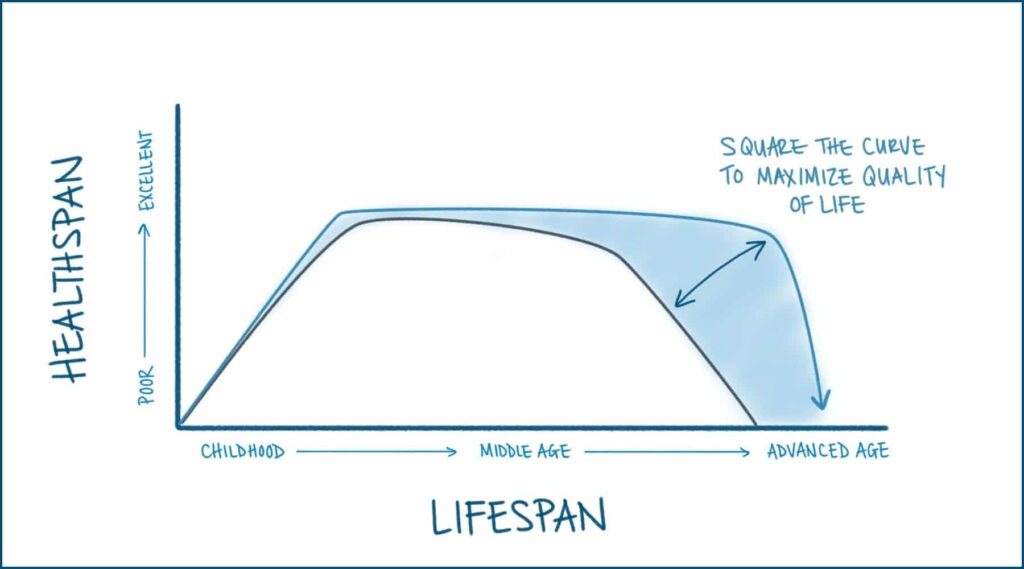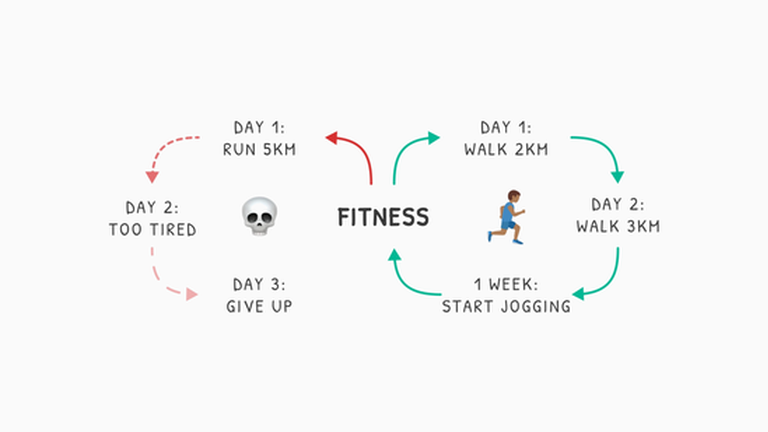Table of Contents
Exactly four years ago I was in the worst pain of my life.
Pain that resulted in 15kg of unintentional weight loss. Pain that kept me bedridden for 22 hours a day. And pain that all but evaporated my quality of life.
After stacking up more trips to the doctor than my own grandmother and two surgeries later, I was eventually diagnosed with a chronic illness: Crohn’s disease.
At this point, my health and fitness was at an all time low having barely left the house in months, let alone lift a weight or go for a run
So this diagnosis kickstarted a protracted recovery process of, initially, learning how to function like a normal adult and, more recently, figuring out how to get in the best shape of my life.
Which is how I stumbled upon the idea of hybrid training.
Hybrid Training
Hybrid training is where you combine multiple training disciplines to achieve a well-rounded fitness level.
Usually, this means combining resistance training (typically weight lifting) with some form of cardio, such as running, cycling, or swimming.
For me, it’s primarily been running and strength training.
And I genuinely believe this type of training is the optimal way to maximise your long-term mental and physical health, irrespective of your current fitness level.
So, I want to share with you 3 reasons why you should consider training like a hybrid athlete.
Reason #1: Sustainable Progress
The best training routine is the one you stick with.
When starting my health and fitness journey, the temptation was to compose a foolproof diet and training plan. The idea being that if I just followed this formula I’d achieve my fitness goals by default.
But, within two or three weeks, I’d find myself recoiling at the thought of training and reluctantly dragging myself to the gym for yet another leg session. The whole routine felt like this monotonous and tiresome chore I had to do outside my full-time job, rather than something I was intrinsically motivated and excited to do.
The beauty of hybrid training, then, is that it offers us variety.
There can be periods where you’re primarily training for a marathon, building muscle, or just playing pickleball with your friends. And it’s this variety that will keep you motivated and having fun long term.
I’ve also found that the ‘periodisation’ of training in this way helps to reduce the risk of injuries, which is obviously important for making sustainable progress too.
When you focus on one sport or activity, like running every day, you’re more prone to overuse injury. So, by mixing up your training – for example, by throwing in a strength session or a swim – you allow any micro-injuries or muscle fatigue to heal before doing the same exercises again.
The key takeaway is the more we can optimise our training for steady consistency, the more progress we’re going to make. And hybrid training offers us a fun and flexible framework to make this happen.
Reason #2: Longevity
I want to live as long as possible and spend most of those years living in good health.
When I was in my early 20s I never thought about training and nutrition in terms of personal longevity, but since learning about my chronic illness I’ve become increasingly mindful of how my decisions today impact my life tomorrow.
And the way I like to visualise this is by using a longevity curve with lifespan along the x-axis and healthspan on the y-axis.

The idea is that the perfect longevity curve would be a square with peak healthspan maintained until a sudden event simultaneously ends our lifespan and healthspan. For example, living a healthy and active life until we’re 100, then peacefully departing in our sleep.
So, our goal is to find ways to pull the curve up and to the right, to “square the longevity curve”.
And hybrid training is one of the most effective ways I’ve found to do this because you get the health related benefits associated with both strength training and cardio training.
In particular, strength training is proven to increase bone density, preserve muscle mass, and improve insulin sensitivity – all of which are key to preventing age-related decline.
In fact, maintaining muscle is one of the strongest predictors of longevity, with research showing that people with higher muscle mass tend to live longer and stay more functional as they age.
Cardio, on the other hand, is critical for heart health, brain function, and overall metabolic efficiency.
For instance, improving your VO2 max – your body’s ability to use oxygen – has been consistently linked to reducing the risk of early mortality. Even a few sessions of low-intensity aerobic work each week can reduce inflammation, support mental health, and dramatically improve your long-term resilience.
So, if you’re interested in living a long and healthy life, then I’d definitely recommend giving hybrid training a go.
Reason #3: Better Body Composition
When I first started hybrid training, I thought that cardio would kill all my strength gains and muscle mass.
This belief stemmed from an idea in exercise science called the ‘interference effect’, which suggests that combining strength and endurance training could lead to diminished results in both areas.
But, I’ve recently learnt that this is largely a myth.
In fact, a 2021 meta-analysis found that for untrained individuals, concurrent training does not significantly impede strength development. And, for trained individuals, who separate their endurance and resistance workouts into different sessions, there’s minimal interference.
So, as long as there’s some degree of thoughtful programming – such as scheduling strength and cardio sessions separately and eating enough protein – it’s more than possible to effectively combine both training modalities. Which means we can reap the benefits of hybrid training without compromising our gains.
This also means we get the best of both worlds when it comes to body composition: more muscle, less fat, better endurance, and improved overall physique.
And for me, that’s been the biggest shift — training not just for aesthetics or performance in isolation, but for a more well-rounded, resilient body.
Hybrid training improves how I look, how I feel, and how I function. I’m stronger under a barbell, but I can also run 10k without feeling wrecked. My heart health, recovery, and energy levels have improved, and I’ve found it easier to stay relatively lean without obsessing over calories.
So, if you want to look and feel the best you’ve ever felt, I recommend everyone give hybrid training a shot.
You don’t have to be an elite athlete or follow some extreme program — just start by adding a couple of cardio sessions alongside your regular strength work. And, over time, you’ll build a body that’s not only strong and capable but also conditioned, mobile, and built to last.

